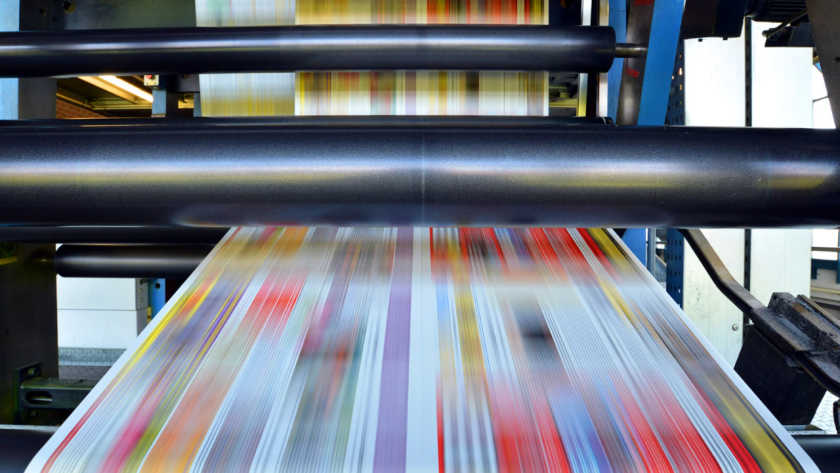- Energy-Efficient Hosting
- Lightweight Websites
- Progressive Web Apps
- Modular and Reusable Code
- Green UX and UI Design
- Edge Computing
- Encouraging Responsible User Behavior
- Serverless Architecture
- Code Optimization Tools
- Sustainable Development Frameworks
- Accessibility as Efficiency
- Clean Code Meets a Cleaner World
Have you ever thought about how your favorite websites could impact the environment?
In a world where almost everything happens online, the way we build websites has become more important than ever.
Web developers are creating fast, smart, and eco-friendly websites. This shift toward sustainable technology is changing
the way we think and work.
If you’re curious about the web’s journey towards sustainability and its importance to you, continue reading.
Energy-Efficient Hosting
Energy-efficient hosting uses data centers powered by clean, renewable energy like solar, wind, or hydro power. These
green hosts often share reports that show how much energy they save compared to regular servers. By choosing these
options, developers can help reduce their websites’ carbon footprints.
Web developers also look for hosts that use smart cooling systems and efficient hardware. Many now prefer shared or
cloud hosting because it avoids wasting resources.
If you want to lower your website’s environmental impact and support local infrastructure, consider using Australian web hosting services that offer green energy solutions. These providers often operate in regions with strong environmental standards and access to renewable energy.
Lightweight Websites
Lightweight websites load quickly and use fewer resources. Developers accomplish this by compressing images, writing
efficient code, and minimizing unnecessary scripts. A smaller, simpler site means less data to send and store, which saves
energy.
These sites also perform better on mobile devices and in areas with slow internet connections. They provide users with a
faster, smoother experience while using less power. For businesses, this means happier users and lower hosting costs too.
Progressive Web Apps
Progressive Web Apps (PWAs) are websites that act like mobile apps. They load fast, work offline, and don’t need to be
downloaded from an app store. Users can add them to their home screen, and they often use much less data than native
apps.
PWAs excel in saving energy and decreasing internet traffic. Since they can work offline or with slow connections, they’re
perfect for users in remote areas. Developers love them because they’re easier to update and maintain across platforms.
Modular and Reusable Code
Modular code is built in small parts that each do one job. These parts can be used again in other projects, which helps save
time and effort. While modular code can help improve readability and maintenance, it does not guarantee that all code
becomes easier to read or fix.
Reusable code lowers the need to write new code for every task. This reduces the risk of bugs and helps developers stay
organized. Using modular systems leads to improved teamwork and more efficient applications.
Green UX and UI Design
Green UX and UI design means making websites and apps that use less energy. This includes using darker themes, fewer
animations, and simpler layouts. These choices help lower the power usage of screens, especially on mobile devices with
OLED displays.
Designers also aim to reduce the number of steps required for users to complete tasks. This saves time and cuts data use.
Even small choices, such as lighter font files or smarter loading, make a significant impact across many users.
Edge Computing
Edge computing processes data closer to the user, instead of sending it to a faraway server. This reduces how much data
travels across the internet, which saves energy and cuts delays. Users get faster responses, and systems don’t have to work
as hard.
Edge computing does enhance speed and smoothness, but it is not a cure-all solution for poor connections; performance
may still vary based on the underlying network quality. It also opens new doors for real-time features that work anywhere.
Encouraging Responsible User Behavior
Sustainable web development isn’t just about the code – it’s also about how users interact with sites. Developers are now
designing features that help users save data and energy. For example, turning off video autoplay or letting users choose
lower-quality images or streams.
Some websites even include tips or settings to help users make greener choices. By guiding people to be more aware of
their digital habits, developers make the web more eco-friendly for everyone. Small actions can lead to big results when
millions of users are involved.
Serverless Architecture
Serverless architecture allows developers to run code without the need to manage servers. Services like AWS Lambda or
Cloudflare Workers handle the server side for you. This means you only use resources when needed.
It reduces waste from idle servers and lowers energy use. Serverless systems scale up and down automatically. That makes
them efficient, cost-effective, and better for the environment.
Code Optimization Tools
Developers now use tools to clean up and shrink their code. Minifiers and bundlers remove extra spaces, lines, or unused
code. This helps websites load faster and consume less data.
These tools also spot bugs or slow parts of a site early. That leads to better, smoother code. Faster code means better
performance and less energy use.
Sustainable Development Frameworks
Many frameworks now support greener coding practices. Tools like Svelte or Astro focus on writing less code that does
more. They help build faster websites with fewer resources.
These frameworks reduce the size of web pages and improve speed. They also support server-side rendering and static site
generation. Both of these save power and improve user experience.
Accessibility as Efficiency
Making websites easier to use benefits everyone and reduces energy usage too. Accessible websites load cleanly on older
devices and slower networks. This translates to resource conservation.
Designers use simple layouts and clear text to support all users. This also leads to faster page loads and better engagement.
Everyone wins with accessible and efficient design.
Clean Code Meets a Cleaner World
Technology and sustainability no longer live in separate worlds. Today, they collaborate to create smarter, responsible
digital experiences. As developers, designers, and users, we all play a part in building a better web.
Choosing greener tools and sustainable practices can certainly aid in creating a more responsible tech landscape, but it
does not single-handedly serve both the people and the planet without a collective effort from the development
community and end-users.
Did you learn something new from this article? If so, be sure to check out our blog for more educational content.




